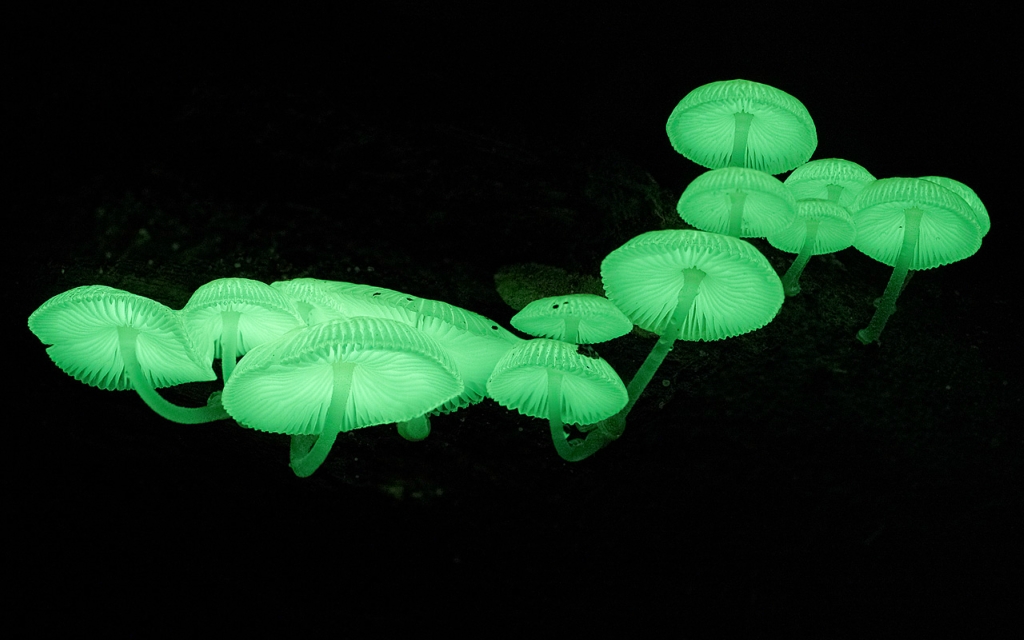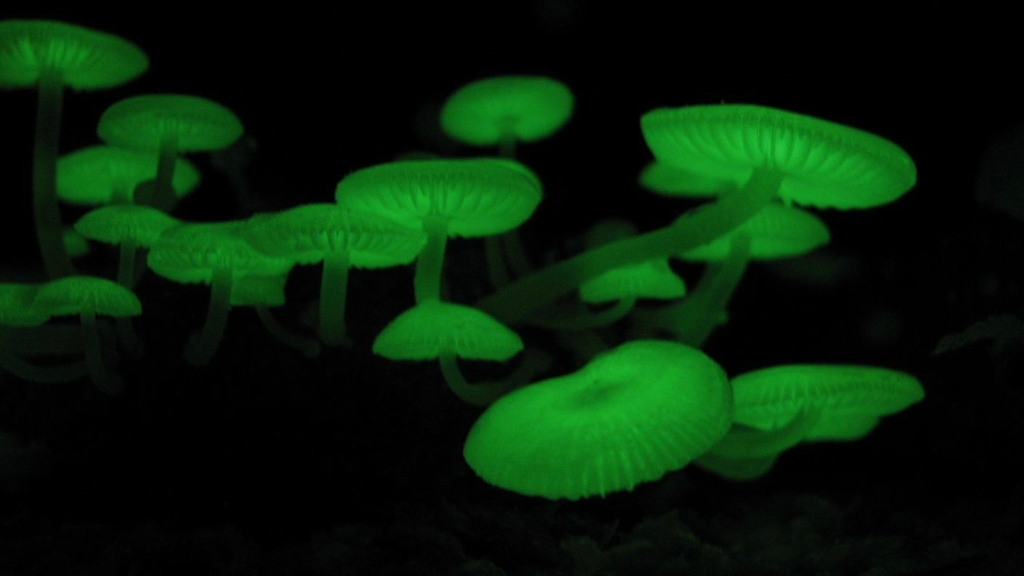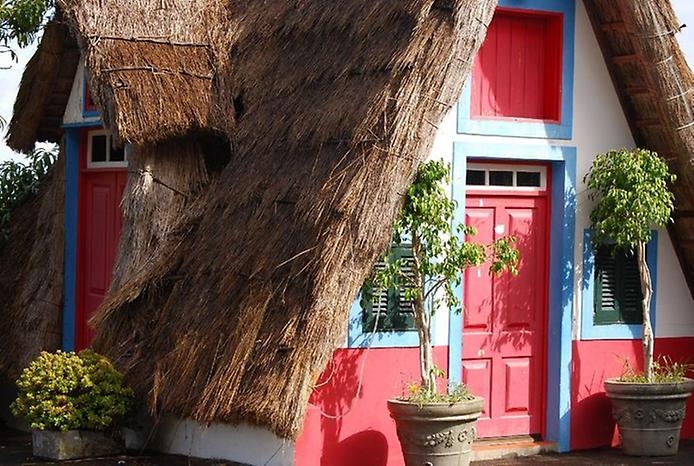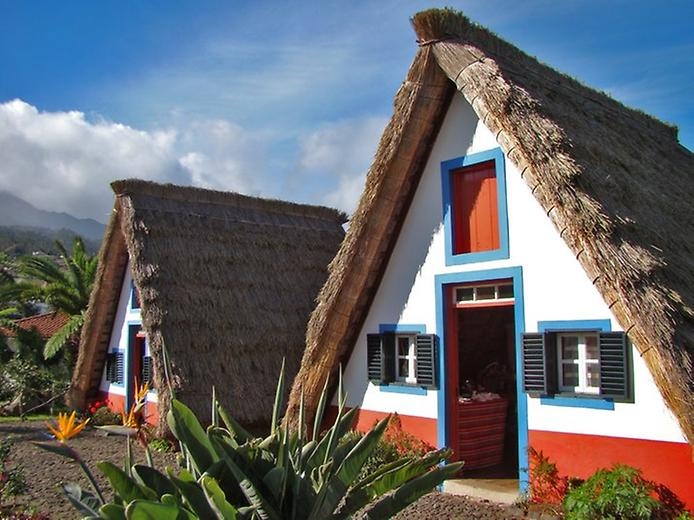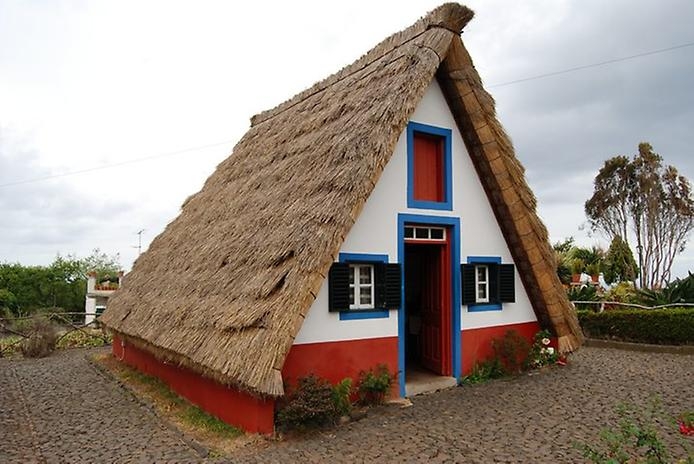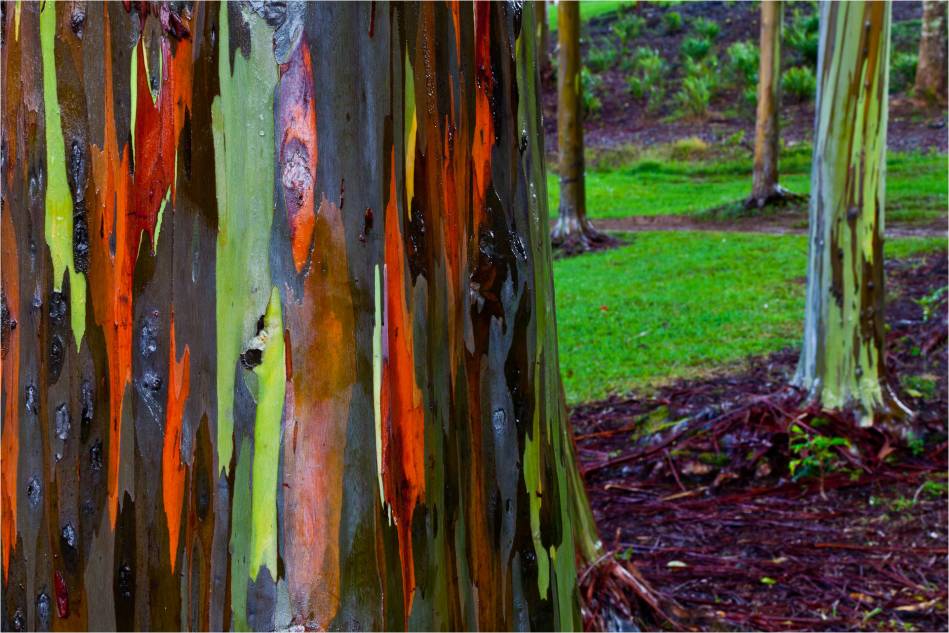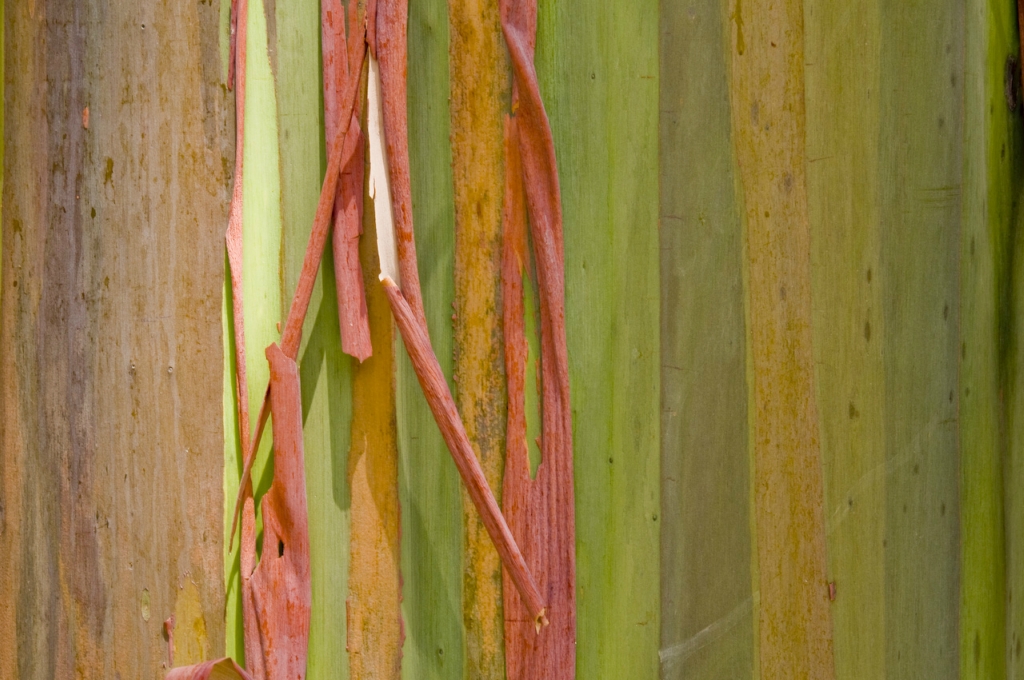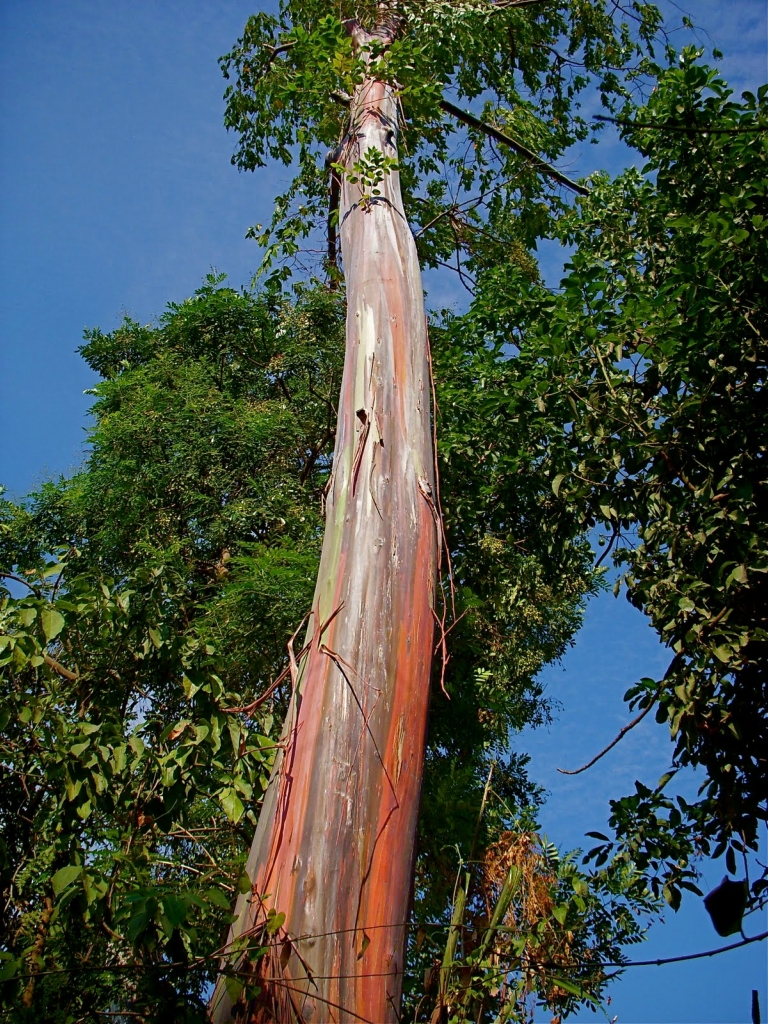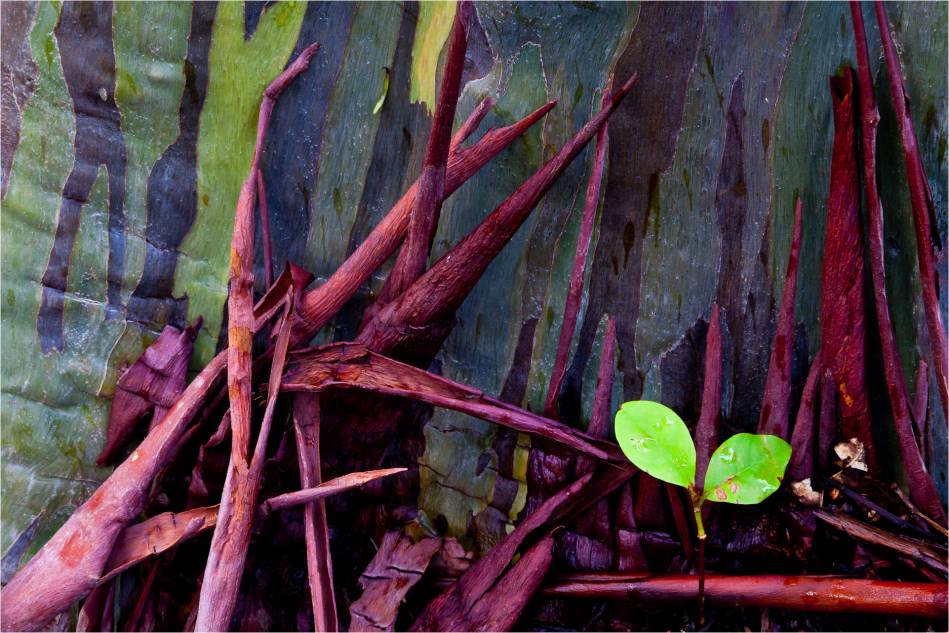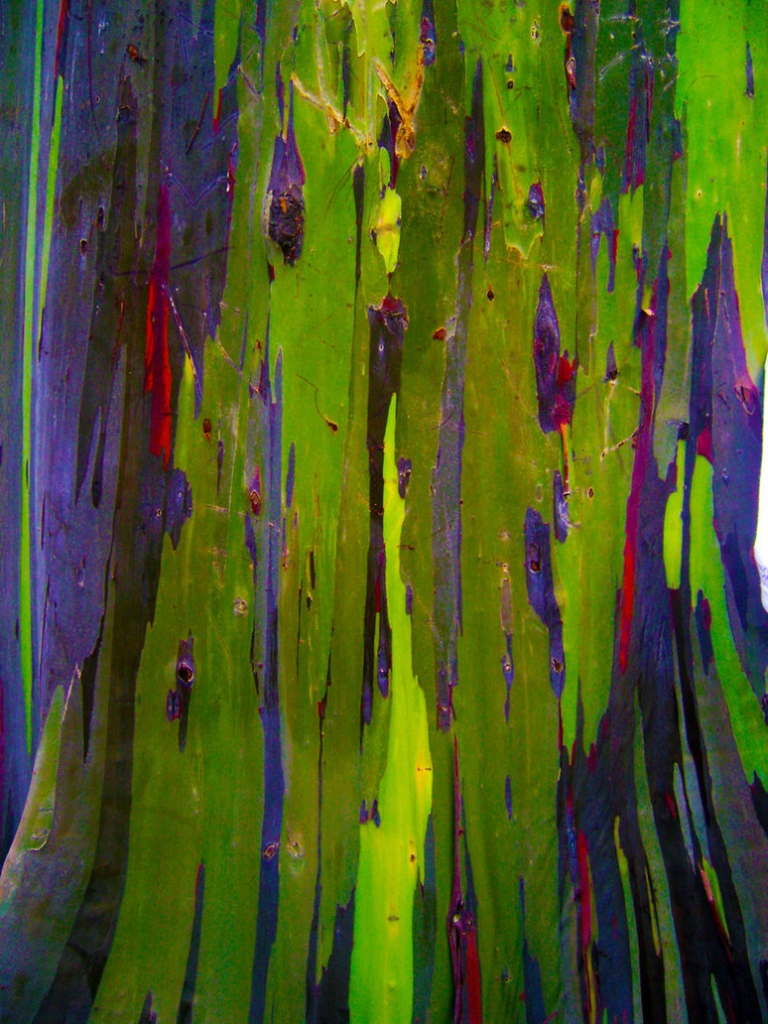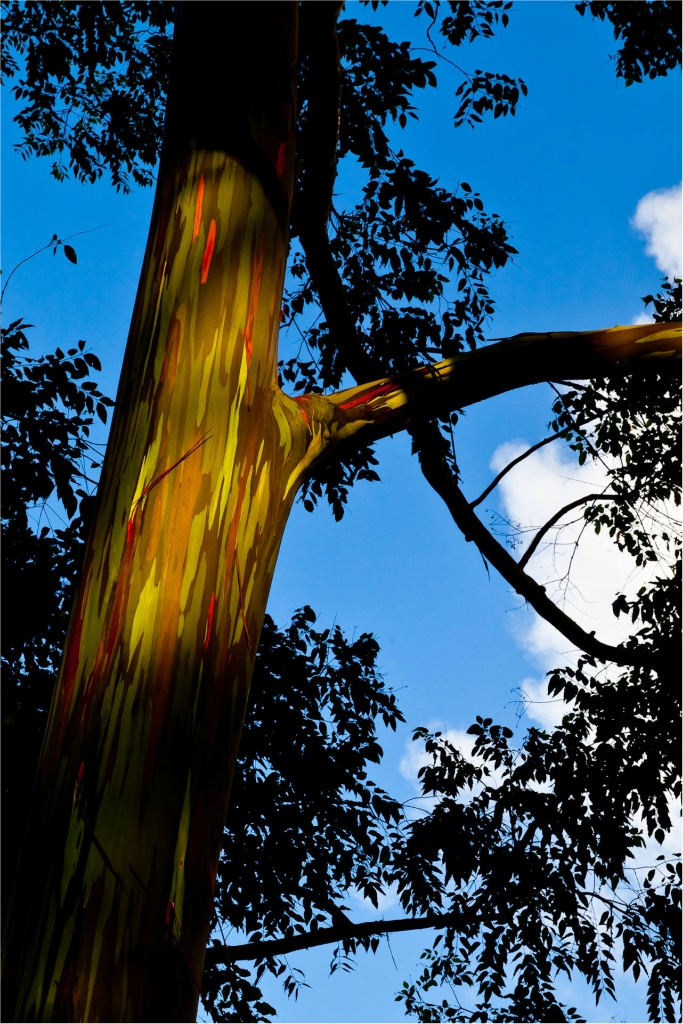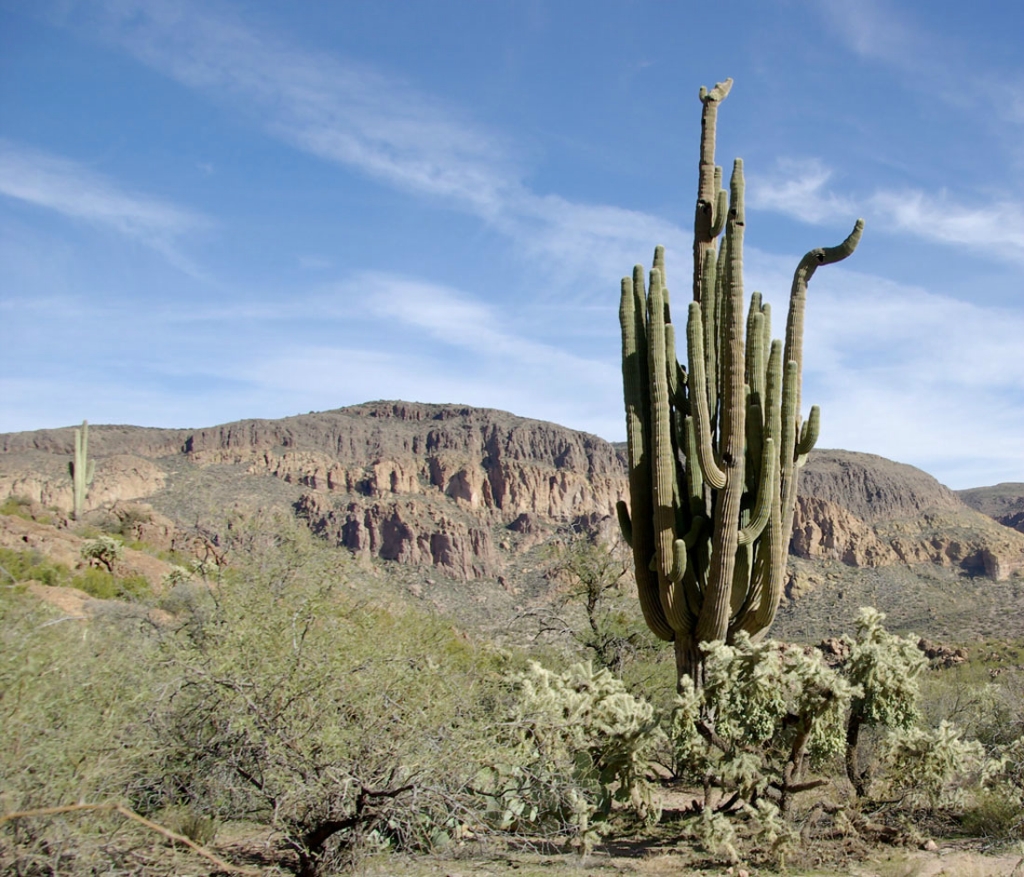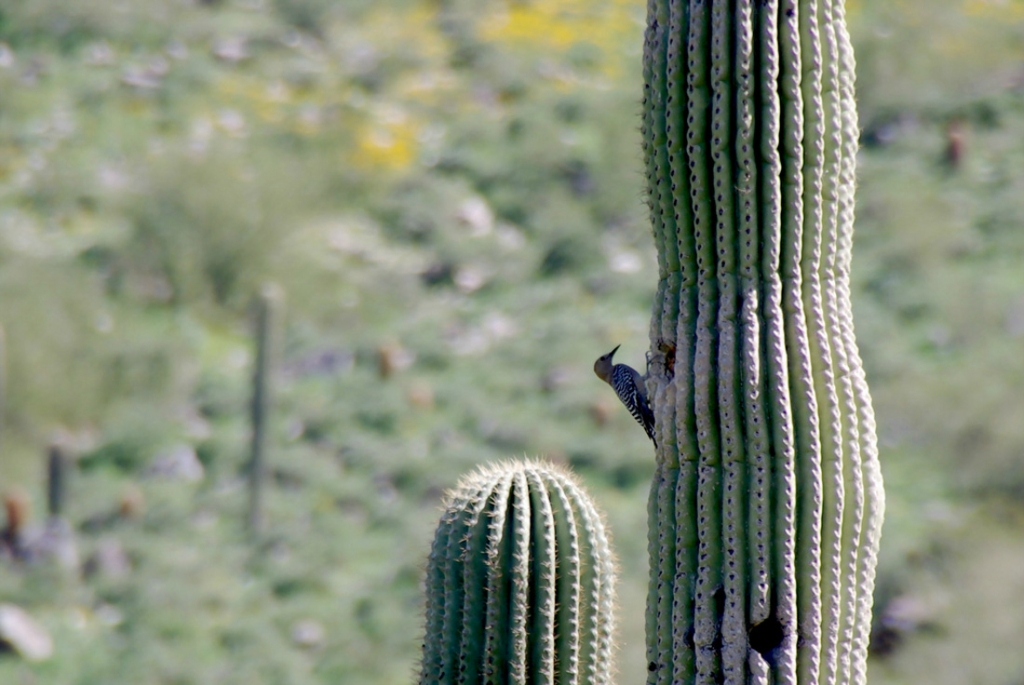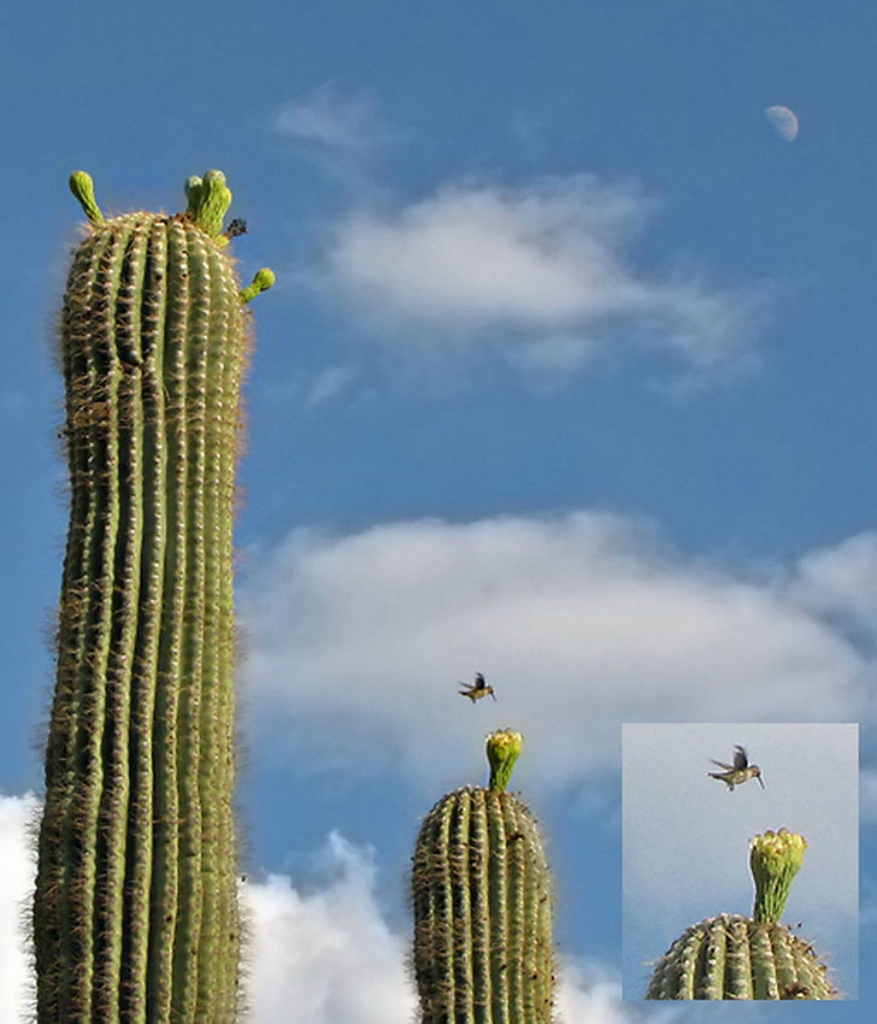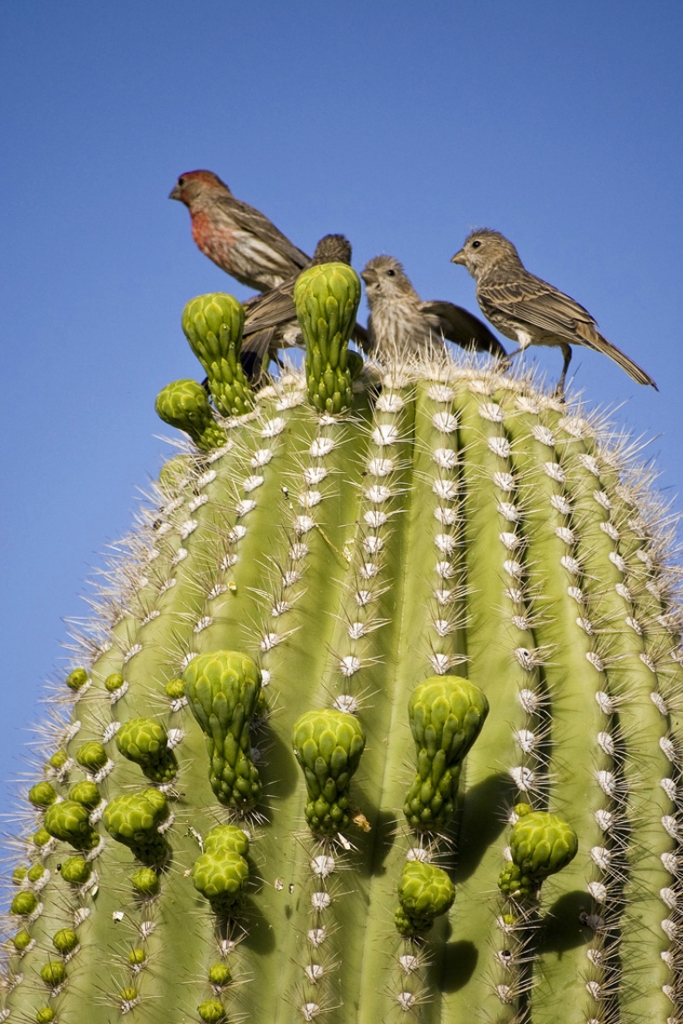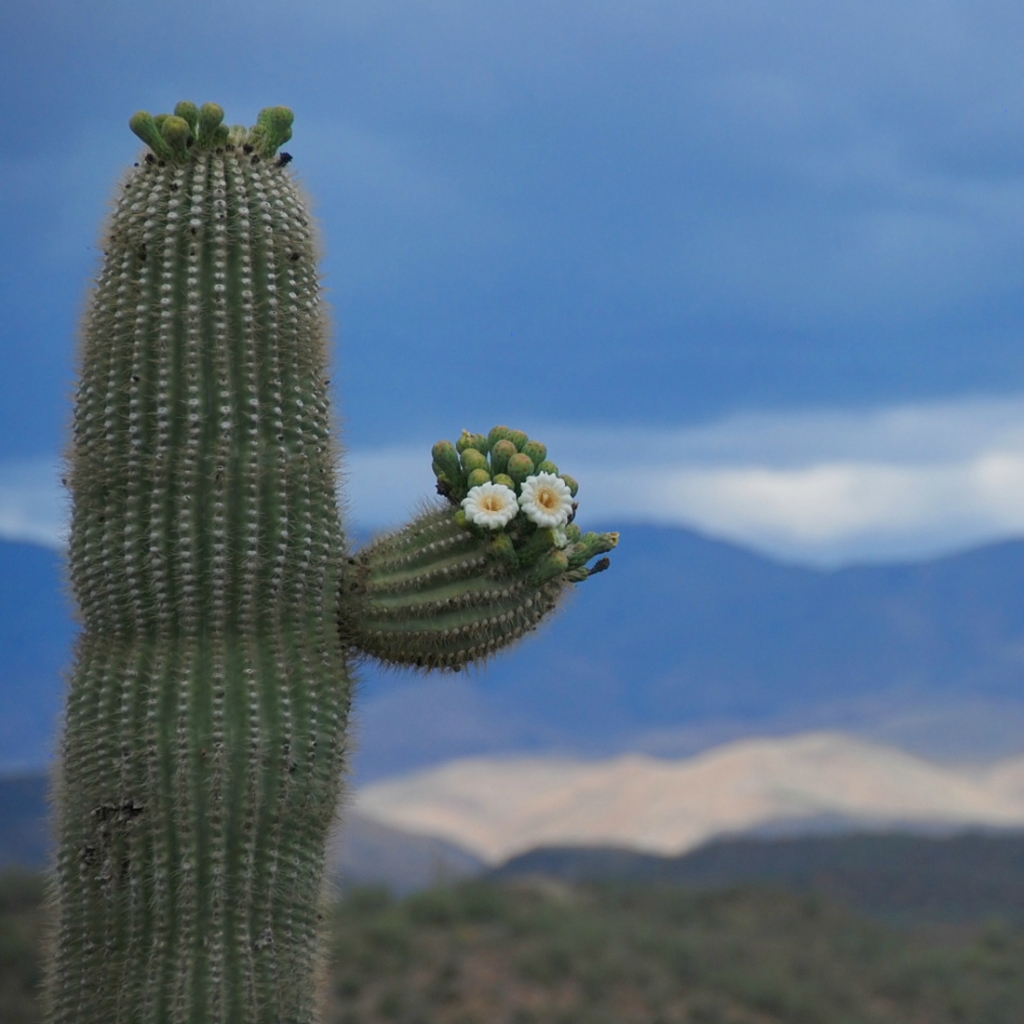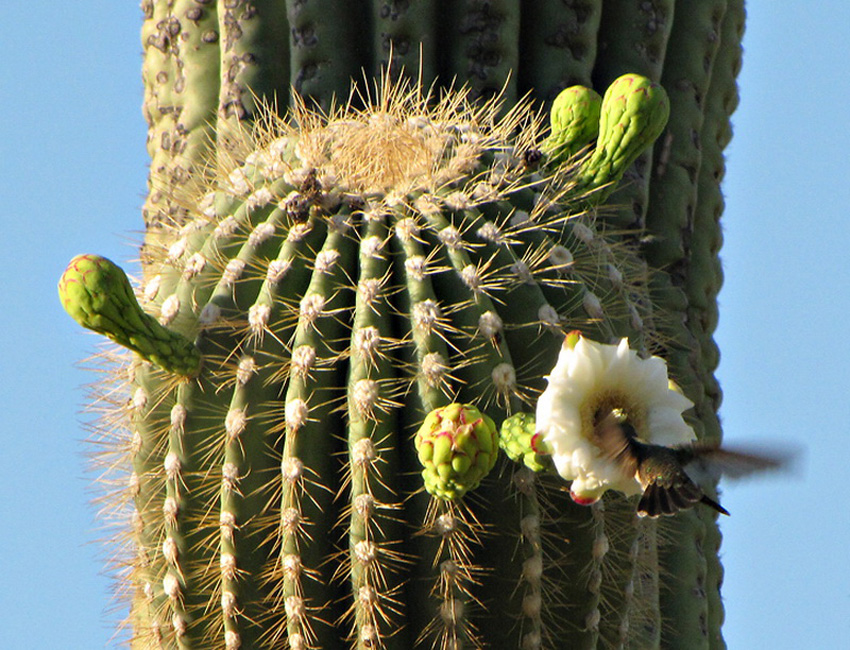
Max Skladanowsky (April 30, 1863, Berlin - November 30, 1939) - German inventor and one of the first filmmakers. Together with his brother Emil, he invented an apparatus for recording and projection of films Bioskop (Bioskop), where the brothers showed the audience a moving picture for the money, about two months before the submission of a more perfect motion picture Lumiere Brothers
Skladanowsky with his Bioskopom with which he showed in 1895, "movie" in the variety show "Winter Garden" in Berlin

Max Skladanowsky was born in Berlin. He studied photography and painting glass, which eventually led to his passion for magic lantern. In 1879 he made a tour of Germany and Central Europe with his father Charles and older brother Emil, showing the representation of the magic lantern. In 1890, together with his brother Emile Max created a film camera, and in 1895 they created Bioskop. It was a double projection with two glued strips of celluloid film. Speed of 16 frames per second was sufficient to create the illusion of motion.
Max Skladanowsky (right with his Bioskopom) His brother Emile (left) was the first actor in his short films

November 1, 1895 the brothers demonstrated their Bioskop in a variety show, "Winter Garden" in Berlin. Show was advertised as "the most interesting invention of our time" and collect a full house for about four weeks.
Variety programm "Winter Garden" where Bioskop declared "the most interesting invention of our time."

Show itself consisted of very short films about six seconds each, which were glued together, and repeated several times, accompanied by a pre-composed soundtrack.
Pictures Sklodowska in 1895

Bioskop was not popular because of its high cost and the inability to mass production.
Skladanowsky (left) behind the counter in his shop where he sells stereo slides







